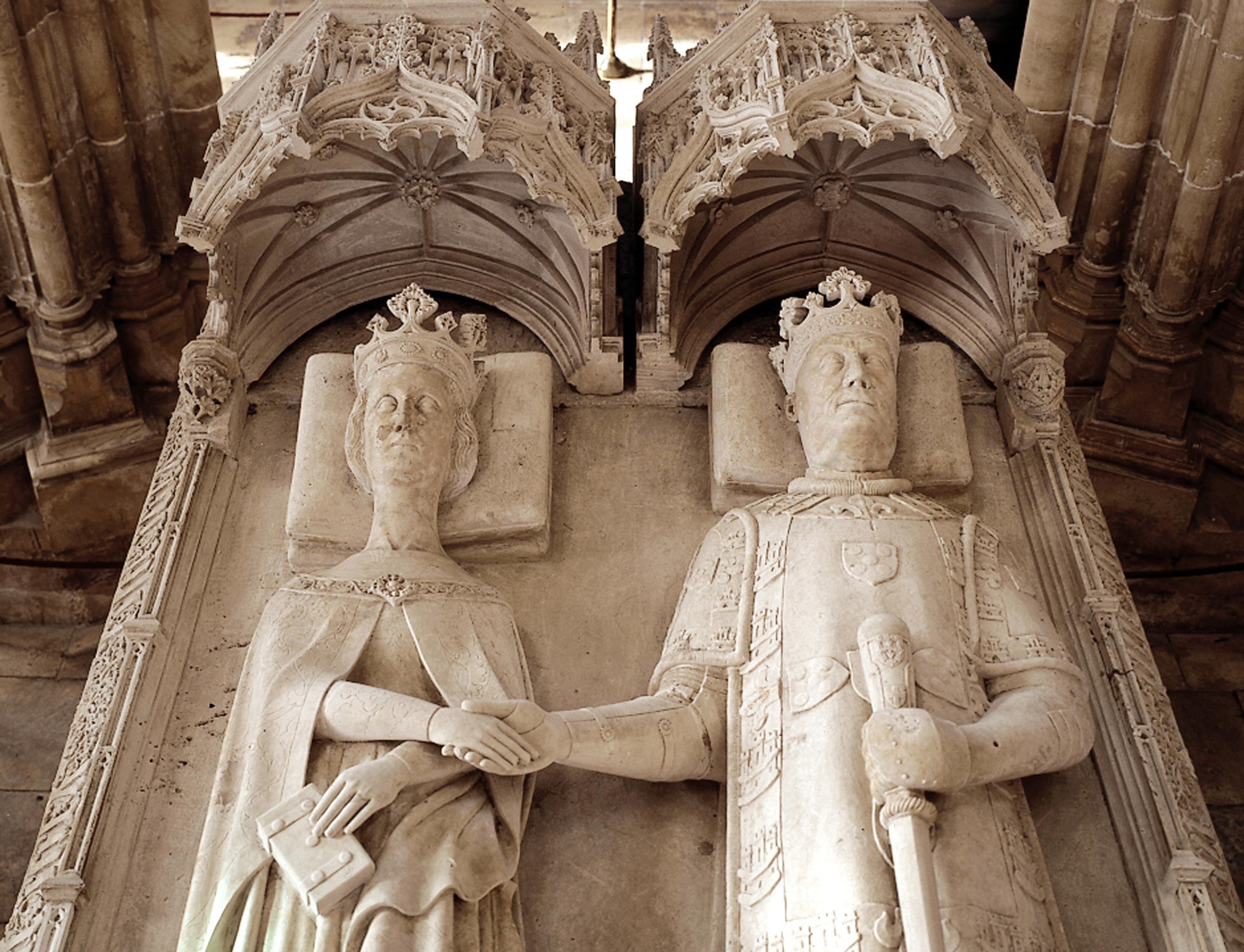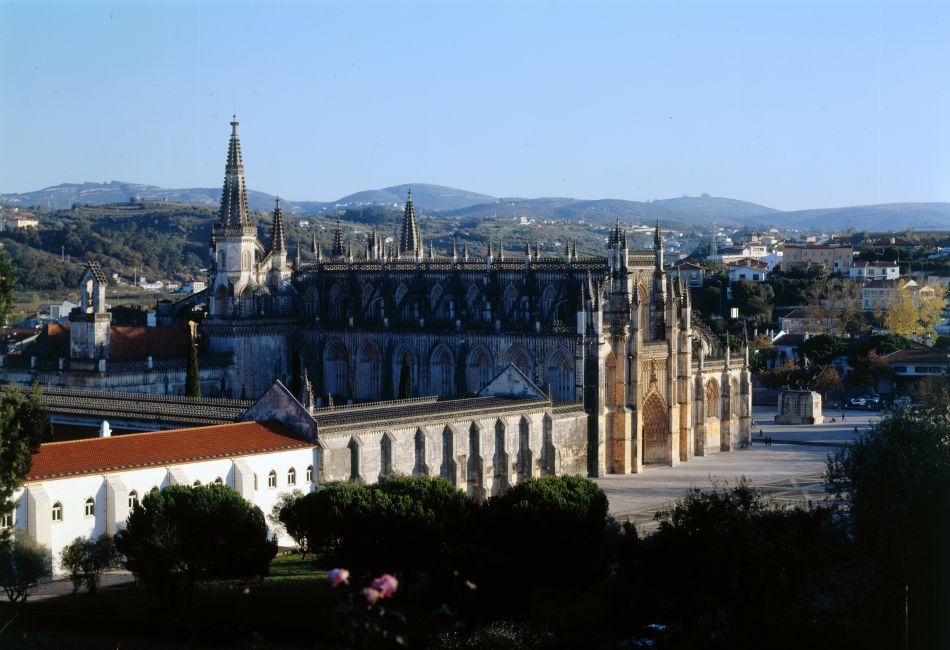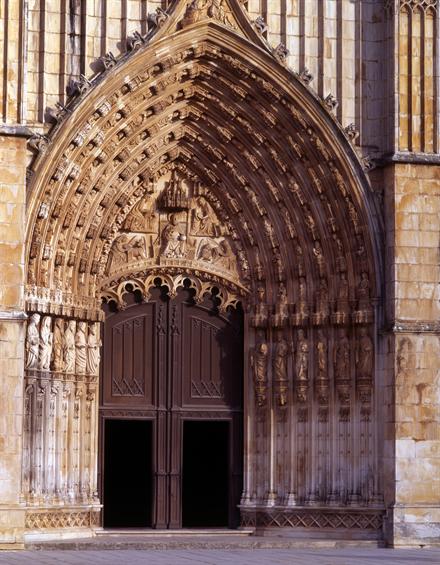Memorial monument of the battle (batalha) of Aljubarrota and royal pantheon, whose construction began at the end of the 14th century with the patronage of D. João I, the Dominican Monastery of Batalha is the most significant building of Portuguese Gothic.
Its vast rooms are today an excellent example of the evolution of medieval architecture until the beginning of the 16th century, from the unprecedented experience of the late Gothic to the decorative profusion of the Manueline. This National Monument is inscribed in the UNESCO World Heritage List since 1983.
Located in the centre of the town of Batalha, the construction of the Monastery of Saint Mary of Victory, also known as the Batalha Monastery, resulted from the fulfilment of a promise made by King João I, in gratitude for the victory in Aljubarrota, on August 14, 1385, which assured him the throne and guaranteed the independence of Portugal.
The works lasted for more than 150 years, through various stages of construction. This duration justifies the existence, in its artistic proposals, of predominantly Manueline Gothic solutions and a slight Renaissance traits. Several additions were introduced in the initial project, resulting in a vast monastic ensemble that currently features a church, two cloisters with attached houses, and two royal pantheons: the Founder's Chapel and the Imperfect Chapels. D. João I donated it to the order of S. Domingos, a donation to which the good offices of Dr. João das Regras, chancellor of the kingdom, and Friar Lourenço Lampreia, confessor of the monarch, were not unrelated.
In the possession of the Dominicans until the extinction of the religious orders in 1834, this monument was later incorporated into the Public Treasury and is currently managed by Museus e Monumentos de Portugal and takes on the triple role of cultural, tourist and devotional space.




